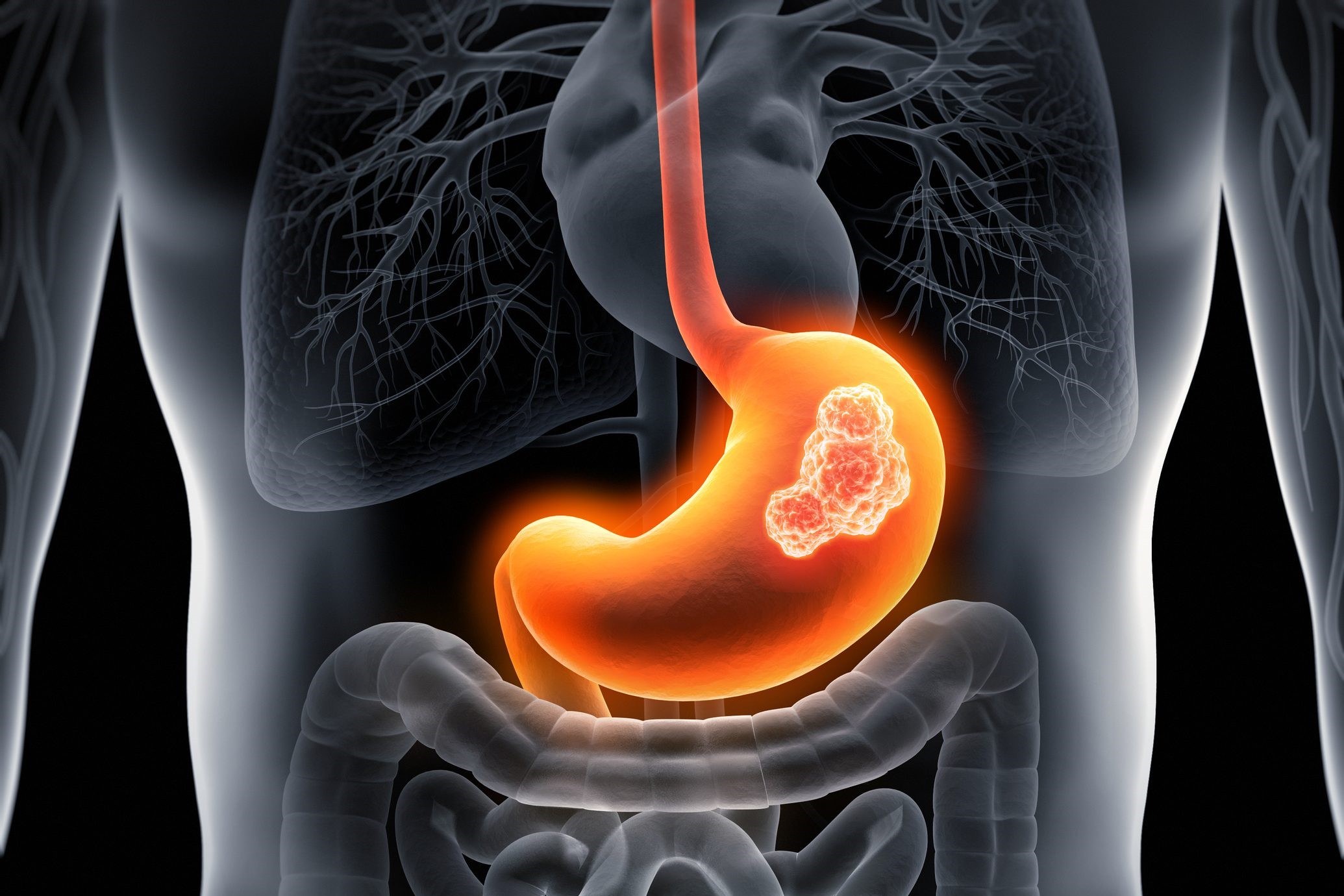
Gastroscopy: what it is and what it is for
Gastroscopy (or EGDS – Oesophagus-Gastro-Duodenum-Scopy) is a diagnostic procedure that allows direct observation of the oesophagus, stomach and duodenum (the initial tract of the small intestine) by introducing a special endoscopic instrument (the gastroscope) through the mouth
The gastroscope is equipped with a probe approximately 8-12 mm in diameter, with a camera at the end and a light beam (propagated by fibre optics) that allows direct observation of the cavities of the oesophagus, stomach and duodenum.
What gastroscopy is for and when to do it
Gastroscopy plays a key role in the early diagnosis and evaluation of gastroenterological disorders, such as difficult and painful ingestion of food, bleeding, and abdominal pain.
It is currently the best test available for the diagnosis of almost all diseases of the upper gastrointestinal tract, including ulcers and tumours.
Gastroscopy is generally indicated in cases of:
- persistent symptoms in the upper abdomen (especially if associated with anorexia, anaemia, weight loss, vomiting or bleeding)
- dysphagia
- odinophagia (difficulty or pain when passing food down the oesophagus)
- gastro-oesophageal reflux
- familial adenomatous polyposis
- portal hypertension (oesophageal varices)
- periodic monitoring for Barrett’s oesophagus
- ulcers and gastric dysplasia.
Through a channel inside the instrument, it is possible to introduce a small probe fitted with a terminal forceps that allows the – painless – taking of tissue samples, which can be used for more in-depth investigations under the microscope.
In some cases (operative gastroscopy), the probe (thanks to special applications) can be used to remove foreign bodies, coagulate lesions, dilate stenoses and perform other minor interventions.
What gastroscopy consists of and how it is performed
The patient is placed on the left side, in a comfortable position, with a mouthpiece in the mouth to protect the teeth (remember to remove mobile prostheses beforehand). The gastroscope is inserted through the mouth and lowered down the throat.
The gastroscope allows the doctor to examine the surface of the inner walls of the upper tract of the digestive system and highlight any abnormalities present: the images taken by the small camera are very detailed and clear and can be reproduced on a television screen and recorded.
The test is carried out with patients who have been fasting for at least ten to twelve hours and whose last meal was mainly liquid, as the presence of food in the stomach risks limiting the gastroscope’s field of vision and making the test less accurate and, in some cases, causing vomiting.
The taking of long-prescribed, and therefore necessary, medication does not hinder the investigation, but must take place at least two to three hours before the test. In all cases it is permitted to drink tea, water or sugar water in small quantities up to an hour before the test.
It is necessary for the patient to inform the doctor or nurse if he or she has already performed other endoscopic examinations (and if so, to bring the results with him or her), if he or she has any allergies in general or specifically to certain drugs.
In particular if anticoagulant drugs are taken, the patient should inform the endoscopist in advance at the time of the appointment, so that he or she can be given the appropriate advice to reduce the risk of bleeding during the endoscopic investigation.
If antiplatelet drugs are taken as monotherapy, the patient can continue the therapy, only suspending it on the morning of the procedure; if, on the other hand, several antiplatelet drugs are taken (e.g. acetylsalicylic acid + clopidrogel….), it is necessary to assess with one’s cardiologist the possibility of suspending at least one of them temporarily.
Gastroscopy is slightly invasive, but safe (the gastroscope does not obstruct breathing as the trachea is completely free)
The test is of short duration (3-5 minutes) and is not painful; it may, if anything, cause slight discomfort, with nausea and discomfort, which can be significantly reduced by light sedation and the use of oral local anaesthetics (in this case, it is necessary to be accompanied, as it is dangerous to drive after the test for at least 12 hours).
After the test, the throat may be slightly sore and a modest abdominal swelling may be felt due to the air that was introduced through the instrument.
Complications are very rare, except when therapeutic manoeuvres have been performed.
The response (report) of the test is usually given to the patient immediately.
If biopsies or polypectomies have been performed, the histology report must be collected later (approx. 10 days), as time is needed for preparation and reading of the samples taken.
Read Also
Emergency Live Even More…Live: Download The New Free App Of Your Newspaper For IOS And Android
Gastroscopy: What The Examination Is For And How It Is Performed
Gastro-Oesophageal Reflux: Symptoms, Diagnosis And Treatment
Endoscopic Polypectomy: What It Is, When It Is Performed
Straight Leg Raise: The New Manoeuvre To Diagnose Gastro-Oesophageal Reflux Disease
Gastroenterology: Endoscopic Treatment For Gastro-Oesophageal Reflux
Oesophagitis: Symptoms, Diagnosis And Treatment
Gastro-Oesophageal Reflux: Causes And Remedies


